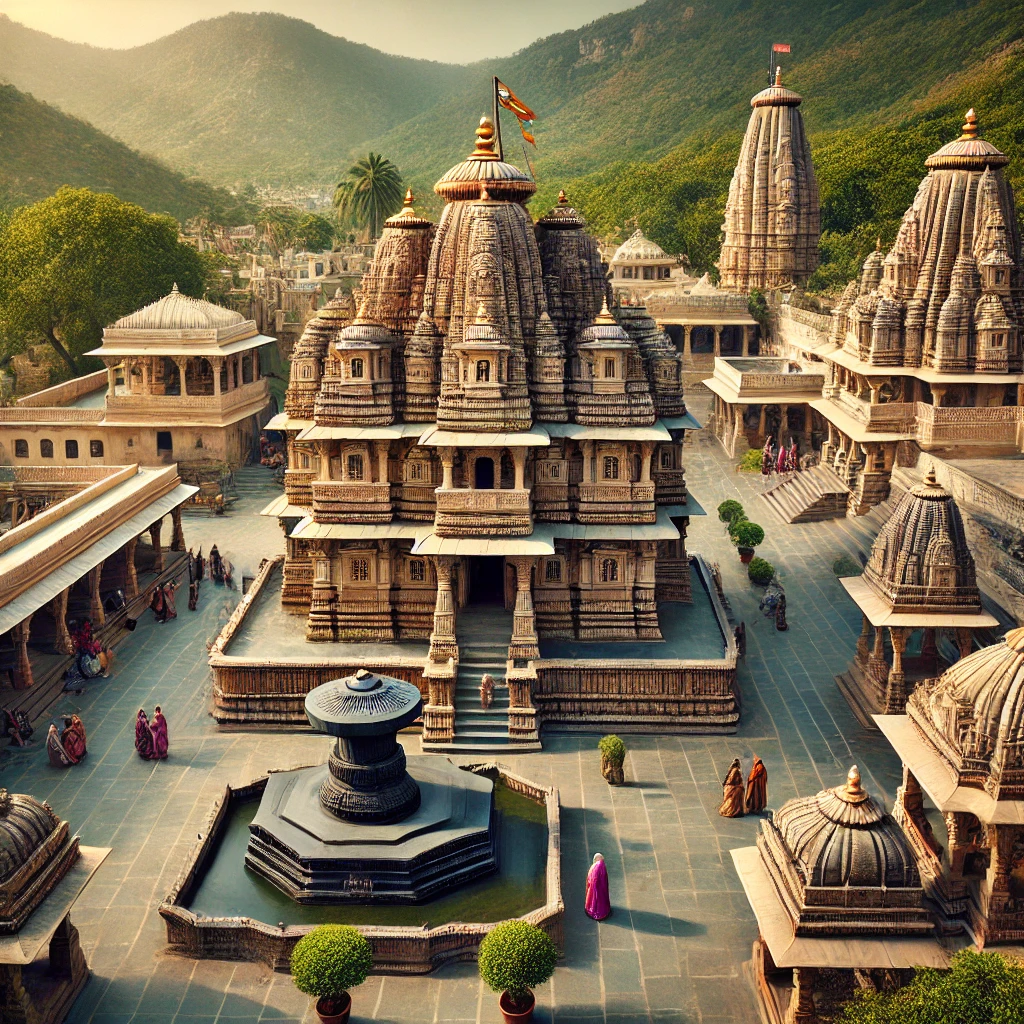Visitors who want to enter the Hindu sanctuary Eklingji Temple in Rajasthan now face two strict limitations: they must follow a regulated dress policy as well as ban their phones at all times. The temple management implemented new rules to protect spiritual sanctity while offering better devotional visits to all worshippers.
Eklingji Temple History
The Eklingji Temple which honors Lord Shiva exists at its present location since the 8th century CE. Bappa Rawal established this temple as the founder of Mewar dynasty. Due to its historical importance Eklingji Temple maintains great religious and administrative value because Mewar kings saw themselves as Lord Ekling Nath’s earthly emissaries.
Throughout its history the temple has connected itself with multiple sects starting from the 8th century CE.
- Pashupata Sect – An ancient Shaivite tradition.
- Nath Sect – Focused on mysticism and spiritual practices.
- Ramanandi Sect – Primarily Vaishnavite but retaining reverence for Lord Shiva.
The temple continues to serve as a spiritual and cultural symbol of the Mewar kingdom.
Eklingji Temple Location
The temple location of Eklingji rests in Kailashpuri at a distance of 22 kilometers from Udaipur within Rajasthan. The temple complex situated among the Aravalli Hills generates a peaceful environment that elevates spirit for devotees. The temple operates as a significant religious destination for pilgrims while serving as a main cultural spot for surrounding heritage visitors because it resides near Udaipur.
Eklingji Temple Darshan Time
The Eklingji Temple offers devotees three time periods for viewing activities known as darshan from 4:30 AM to 7:00 AM and 10:30 AM to 1:30 PM and again from 5:00 PM to 7:30 PM.
- Morning: 4:30 AM – 7:00 AM
- Midday: 10:30 AM – 1:30 PM
- Evening: 5:00 PM – 7:30 PM
All visitors must follow the fresh temple guidelines which include wearing suitable attire as well as keeping mobile devices turned off to achieve an orderly and respectful encounter during darshan.
Is Eklingji a Jyotirlinga?
The Jyotirlinga presence does not extend to Eklingji despite its religious sanctity. People consider this shrine significant because a four-faced Shiva Lingam exhibits the four sacred characteristics of Lord Shiva’s nature. For ages the temple established itself as a focal point of Shaivite devotion before it gained its position as an important shrine of worship.
Architectural and Cultural Significance
Temple Complex
- The temple consists of 108 smaller temples, showcasing intricate stone carvings and grand architectural designs that reflect the artistic heritage of Mewar.
- The main idol is a unique four-faced Shiva Lingam made of black marble.
Royal Connection
- The temple has historically been managed by the Mewar royal family, who regard Lord Ekling Nath as the true ruler of the kingdom.
- The Diwan (prime minister) of Mewar serves as the earthly representative of the deity, reinforcing both the spiritual and political legacy of the temple.
Cultural Influence
- Today the temple acts as an important spiritual landmark of Mewar through its enduring status as a vital center for cultural and religious traditions within the region.
- Thousands of Indian pilgrims maintain their visits to the temple to ask for blessings and see the historical magnificent structure.
Conclusion
The Eklingji Temple implemented recent guidelines about dress code behavior while restricting mobile phone use to protect its sanctity. The implemented regulations provide peaceful worship conditions while protecting the long-established spiritual heritage of the temple for visitors.
When visiting the temple all visitors must follow new rules and traditions which will enhance their spiritual fulfillment.
